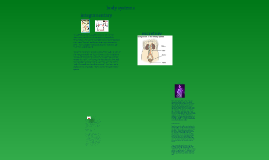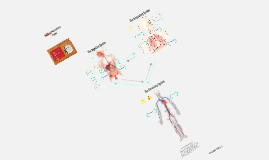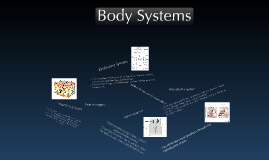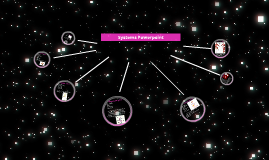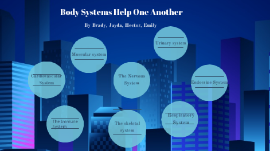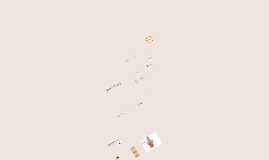Body Systems
Transcript: Endocrine System Structures: Hypothalamus, pituitary, thyroid, parathyroids, adrenals, pancreas,ovaries(in females) testes(in males) Function: Conrtols growth development and metabolism, maintains homeostasis. Makes hormones to reproduce Reproductive System Structures: Testes, epididymis, vas deferens, uretha, and penis(in males) ovaries, Fallopian tubes, uterus, vagina(in females) Function: Produces reproductive cells, in females nutures and protects developing embryo. You eliminate waste products through the reproductive organs Excretory System Structure:Skin, Lungs, kidneys, ureters, urinary bladder, uretha. Function: Eliminates waste products from the body in ways that maintain homostasis. Integumentary System Structures: Skin, hair, nails, sweat, and oil glands Function: Serves as a barriar against infection and injury. Helps to regulate body temperature, provides protection against ultraviolet radiation from the sun. Protects organs. Body Systems






